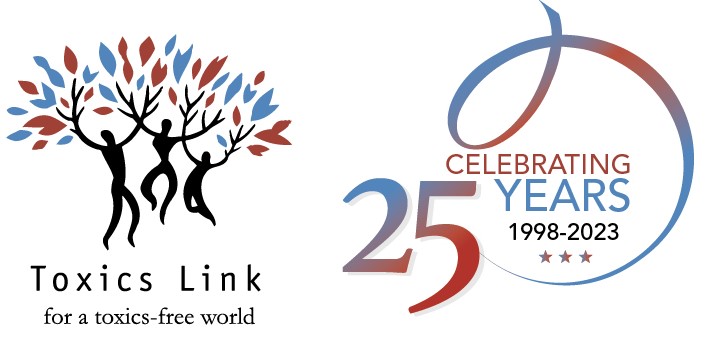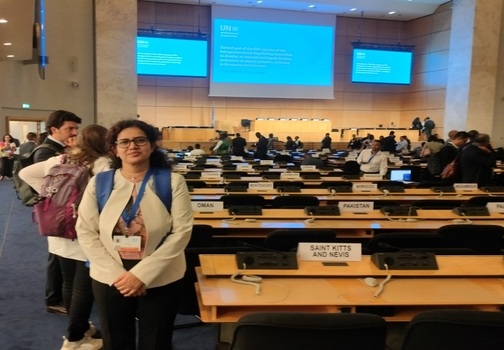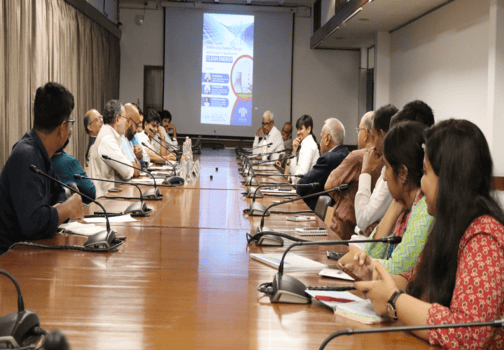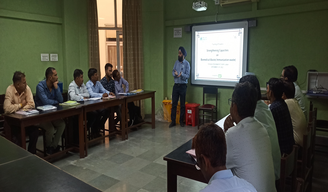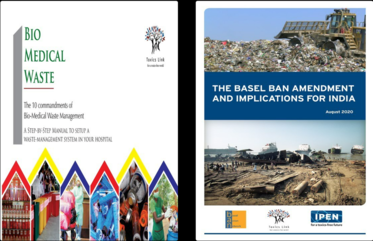E-WASTE MANAGEMENT IN URBAN AREAS
GOVERNMENT OF INDIA
MINISTRY OF HOUSING AND URBAN AFFAIRS
RAJYA SABHA
UNSTARRED QUESTION NO. 2384
TO BE ANSWERED ON DECEMBER 16, 2024
E-WASTE MANAGEMENT IN URBAN AREAS
2384. SHRI S NIRANJAN REDDY:
Will the Minister for HOUSING AND URBAN AFFAIRS be pleased to state:
(a) the details of the E-waste generated in the urban areas across the country in the last five years, State/UT wise details;
(b) the policies being implemented to ensure proper e-waste management in public institutions, including schools and Government offices, in urban areas, the details thereof; and
(c) whether Government is implementing a tax credit system that provides incentives to electronics
manufacturers for designing products, if so, the details thereof?
ANSWER
THE MINISTER OF STATE IN THE MINISTRY OF HOUSING AND URBAN AFFAIRS
(SHRI TOKHAN SAHU)
(a): The generation of e-waste is estimated based on the sales data provided by producers at national level to CPCB and according to average life of notified one hundred six (106) types of electrical and electronic equipment (EEE) under the E-Waste (Management) Rules, 2022. Hence, State wise information on e-waste generation is not available.
Further, as the E-Waste (Management) Rules, 2022 are effective from 01-04-2023, information on quantity of e-waste generated from the 106 EEE items are available only from FY 2023-24. Under the E-Waste (Management) Rules, 2016, 21 EEE items were notified and information pertaining to E-Waste generation from these 21 EEE items are available for previous four years (F.Y. 2019-20 toF.Y. 2022-23). The quantity of E-Waste generation during the last five years at the national level are
given in the table below:
|
Financial Year |
E-Waste Generation(Metric Ton) |
|
2019- |
10,14,961 |
|
2020-21 |
13,46,496 |
|
2021-22 |
16,01,155 |
|
2022-23 |
16,09,117 |
|
2023-24 |
17,51,236 |
(b) : Ministry of Environment, Forest and Climate Change (MoEF&CC), has notified E-Waste (Management) Rules, 2022 w.e.f. 1st April, 2023, for the effective management of the E-Waste in the country. The objective of the said rules is to take all steps required to ensure that E-Waste is managed in a manner which shall protect health and environment against any adverse effects, which may result from such E-Waste. The management of E-Waste under the rules is based on the principal of ExtendedProducerResponsibility (EPR). Under EPR, the producers of electrical and electronic equipment (EEE) as listed in the Schedule-I of the above said rules have been given annual recycling targets based on
generation or sells as the case may be. Producers are required to fulfil their recycling targets through purchase of EPR Certificate from registered recyclers of E-Waste. EPR Certificates are generated by the registered recyclers on the basis of quantity of recycling products (end products of recycling) sold in the market.
Further, the public institutions, including schools and Government office, in urban areas fall under the category of Bulk Consumers. As per the Rule 9 of the E-Waste (Management) Rules, 2022, Bulk consumers of electrical and electronic equipment (EEE) listed in Schedule I shall ensure that e-waste generated by them shall be handed over only to the registered producer, refurbisher or recycler.
(c) : No.
